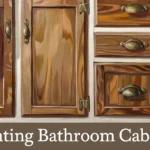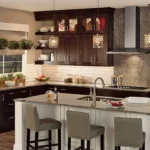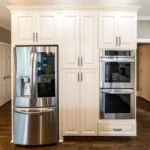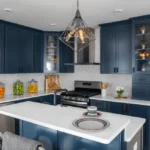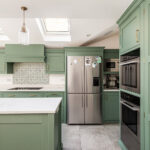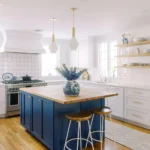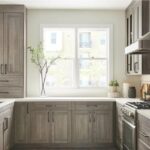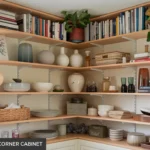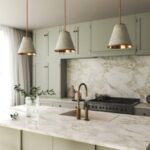Cabinet molding boards add elegant detail and functional value to any kitchen or bathroom cabinetry. Whether you’re renovating or building from scratch, choosing the right molding can turn standard cabinets into stylish, customized centerpieces. This guide explores the types of cabinet molding, trending styles, installation tips, and expert advice on choosing materials for a smooth and rewarding upgrade.

Content
What Are Cabinet Molding Boards?
Cabinet molding boards are decorative wood or engineered trim pieces attached to cabinets to enhance their appearance and conceal gaps. Often found at the top, bottom, or edges of cabinets, molding creates a seamless transition between cabinetry and surrounding walls or ceilings. Besides aesthetic appeal, molding also hides imperfections and adds architectural interest to your kitchen or bathroom design.
Types of Cabinet Molding
There are several types of cabinet molding, each offering a different purpose and visual effect. The most commonly used include:
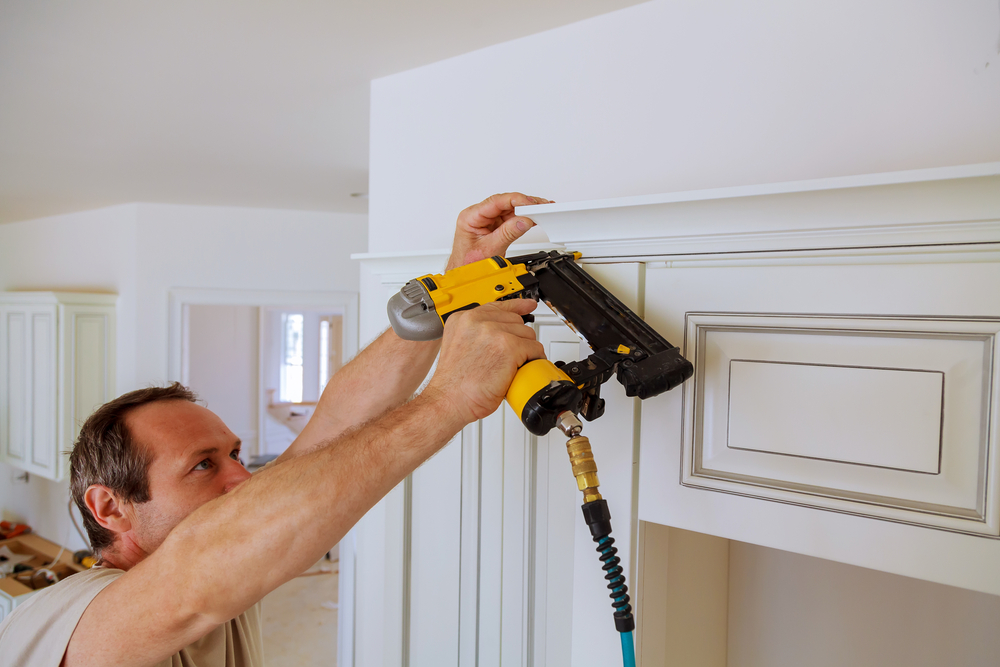
- Crown Molding: Mounted at the top of cabinets to create a smooth transition to the ceiling.
- Light Rail Molding: Positioned under upper cabinets to conceal lighting fixtures.
- Scribe Molding: Covers minor gaps between cabinets and adjacent surfaces.
- Base Molding: Adds a decorative touch to the base of lower cabinets.
- Toe Kick Molding: Covers the recessed space beneath lower cabinets.
Choosing the right molding type depends on the cabinet layout, room height, and personal design preferences.
Cabinet Crown Molding Ideas
Looking for inspiration? These cabinet crown molding ideas can elevate your space:
- Classic stacked molding for a traditional, ornate look.
- Flat modern crown that offers sleek minimalism.
- Two-tone finishes combining stained wood with painted cabinetry.
- Layered crown molding for higher ceilings or dramatic focal points.
Use crown molding to visually elongate the cabinets and add a touch of sophistication to any room.
Difference Between Molding and Trim
The difference between molding and trim lies in their function and placement. While both are finishing materials, molding refers specifically to the decorative element that enhances the appearance of cabinetry. Trim, on the other hand, is a broader term used for casings around doors, windows, or flooring.
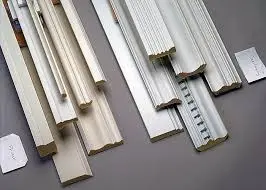
In cabinetry, molding is ornamental, whereas trim can be both functional and decorative, helping you achieve a complete and cohesive design.
Best Wood for Cabinet Molding
Choosing the best wood for cabinet molding depends on your project’s budget, finish preferences, and environmental conditions. Here are some top options:
- Maple: Durable and smooth; ideal for painted finishes.
- Oak: Has a pronounced grain and is great for staining.
- Pine: Softwood that’s affordable and easy to shape.
- MDF (Medium Density Fiberboard): A cost-effective, smooth surface perfect for painting, but not suitable for damp environments.
Selecting the right wood ensures durability and the desired aesthetic result.
Kitchen Cabinet Molding Styles
There’s no shortage of kitchen cabinet molding styles that cater to different tastes:
- Shaker-style molding with clean, simple lines for a modern look.
- Cove molding for a smooth, curved transition that softens cabinet edges.
- Beaded molding for intricate, detailed elegance.
- Colonial-style molding for traditional and vintage kitchen designs.
Each style adds personality, and the key is to match molding details with cabinet door profiles for a cohesive appearance.
Cabinet Molding Design Trends
Modern cabinet molding design trends focus on simplicity, elegance, and mixed textures. Popular trends include:
- Minimalist molding profiles that add subtle definition without overpowering the design.
- Painted moldings that contrast or blend with cabinetry for customized aesthetics.
- Integrated lighting with molding, like using light rails for under-cabinet LEDs.
- Layered or stacked molding to create dramatic visual height.
These trends combine traditional craftsmanship with current interior design preferences.
DIY Cabinet Molding Installation Tips
Planning a DIY cabinet molding installation? Here are simple steps for a professional-looking result:
- Measure precisely to ensure accurate cuts.
- Use a miter saw for angled corners and joints.
- Dry-fit the pieces before securing them permanently.
- Attach using brad nails or construction adhesive.
- Fill nail holes and gaps with wood filler or caulk.
- Sand the surface smooth before applying any finish.
With patience and the right tools, even beginners can achieve a polished look.
Cabinet Molding vs Cabinet Filler: Understanding the Difference
Understanding cabinet molding vs cabinet filler is important when planning a seamless cabinetry installation.
- Cabinet molding is used for decoration and aesthetic enhancement. It finishes the cabinetry, adds style, and hides small imperfections.
- Cabinet filler is a functional piece that fills in awkward gaps between cabinets or between a cabinet and a wall.
Both are essential for creating a custom-built, professional finish in your cabinetry layout.
How to Paint Cabinet Molding Like a Pro
If you’re wondering how to paint cabinet molding, follow these tips for a flawless finish:
- Clean and sand the molding before applying any primer.
- Apply a bonding primer to improve paint adhesion, especially on slick or engineered surfaces.
- Use high-quality latex or oil-based paint, depending on the material and environment.
- Choose the right tool—a fine bristle brush for detail work or a sprayer for larger areas.
- Seal with a topcoat for protection and longevity.
Painting not only refreshes old molding but also allows it to match evolving decor.
Conclusion
Cabinet molding boards are one of the most effective and affordable ways to elevate cabinetry and add a designer finish. From selecting the right type of cabinet molding to learning how to install cabinet molding yourself, this guide equips you with everything needed to make informed, stylish decisions. Whether you’re drawn to modern kitchen cabinet molding styles or exploring timeless cabinet crown molding ideas, molding adds structure, style, and sophistication to your home.

Elena Mohr is a dedicated home blogger who has been blogging for over six years. She covers everything home related. Elena also loves writing posts about her travels to Europe with her husband and two children.
